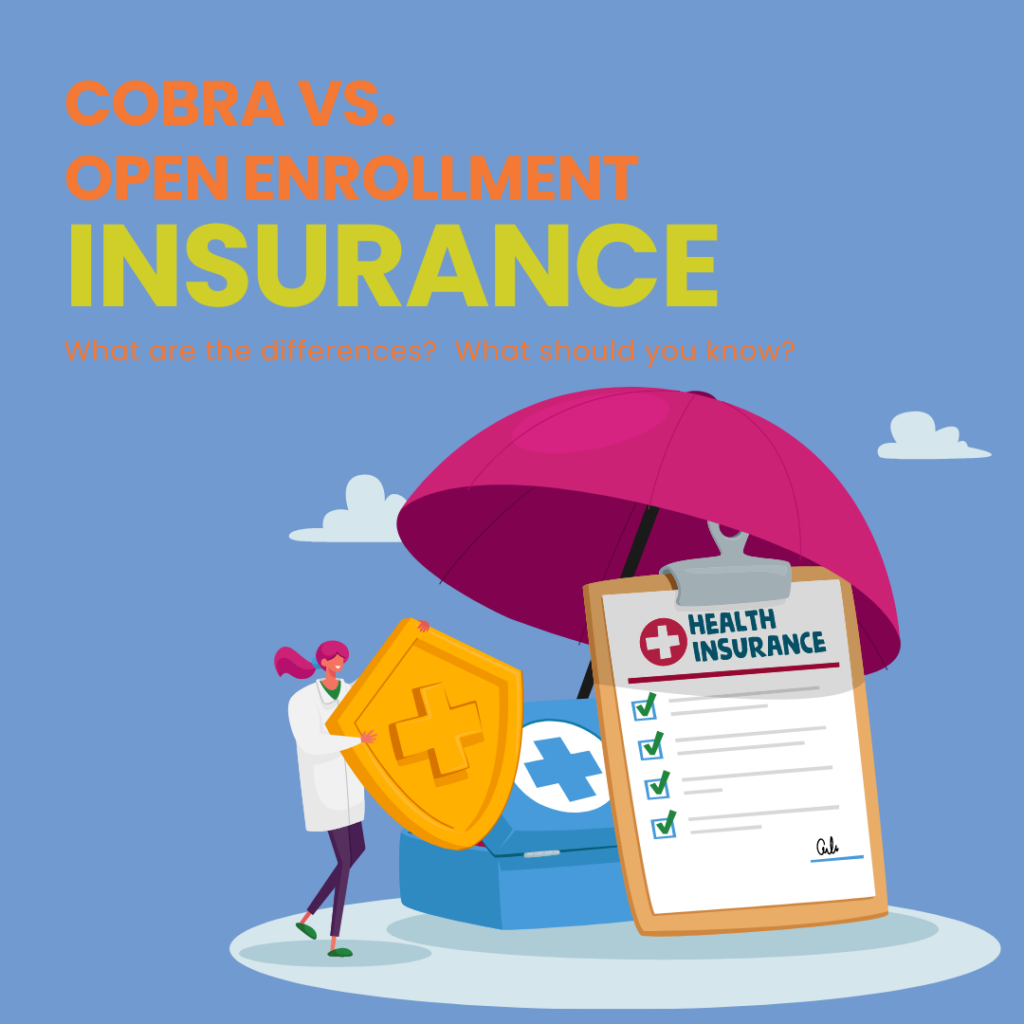1. You have to be aggressive in marketplace to hire good people
Remember, you’re not the only company searching for the best candidates. There are other companies offering opportunities in any given field simultaneously.
2. People no longer willing to take equity in lieu of pay like they used to do pre-covid
As a new generation ages into the workforce, they’ve seen their friends or colleagues deal with what happens when equity becomes zero
3. Don’t wait. If you like someone reach out because someone else likes them too
Hiring is like dating. If someone checks your boxes, put a ring on it so to speak.
4. Your liabilities start much earlier than you might assume
Liabilities begin not after you onboard a new employee, but the moment you talk about possibly coming to work at your company. If you start a discussion with a candidate about joining your business, even during the interview process, you’re liable for what you’ve asked and what you’ve said. Wanting to get to know someone is great, but wait until the new hire is a part of your company before engaging in that dialogue. The candidate can say they weren’t hired due to discrimination based on the information they provided during the interview.
5. Your onboarding process speaks to the efficiency and success of your company
Onboarding, right? Ugh. It might seem like a drag, but it’s more than just making sure your employee has a laptop and email log-in. Onboarding is actually the length of time it takes between first interview to when they’re productive, a new employee is another body at the company costing you money, which could be detrimental to your company. A new employee usually takes 3-12 months until they’re productive.
6. Your friends aren’t always the best fit
Look at their credentials and behavioral tendencies. First, though: do you know what you need? And then, do they really fit what you need? A good employee isn’t necessarily a good friend, and a good friend isn’t necessarily a good employee.
7. When do you start growing structure?
Here’s some “unconventional wisdom”: most people don’t think structure starts until it’s too late. We help you build infrastructure just in time. We suggest 6-12 people to start and start your structure a lot earlier than you think.
8. Culture eats strategy for breakfast
How you do things at your company is what culture is. You can’t just cater lunch in and assume you’ve got great company culture. How do you think about things? How do you reward your employees? Do people feel comfortable working for you and your staff? What processes do you have in place? What processes do people actually follow? Also, what’s your org chart say? What is the informal org chart look like?
9. Make the tough call early
Giving someone the benefit of the doubt might be a strategy you enact at home, but in business, don’t keep a toxic employee around hoping they might change or they might become more productive. Your already productive employees are watching what you allow to occur inside your business. (Don’t make the same mistake as others…)
10. Check yourself
You might know your employees well on a personal level, they might even be your friend, but remember you’re running a business, not hanging out with friends. Be cautious of what you say and do in the office, your employees are watching and noticing and likely do not share in the personal relationships you hold with others.







